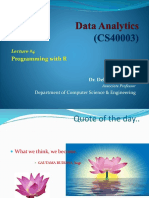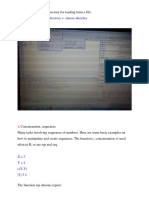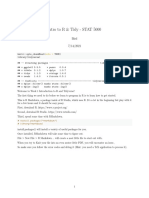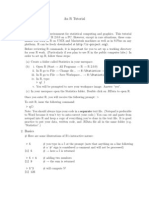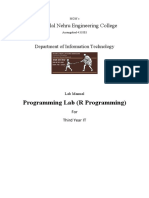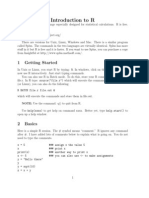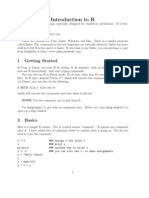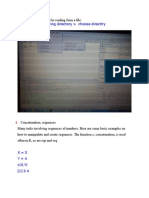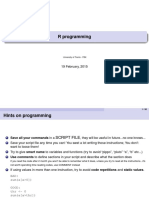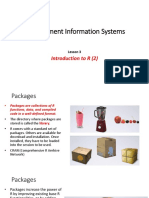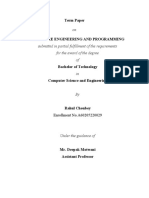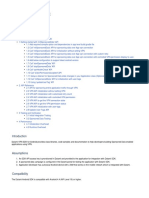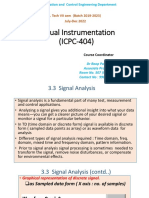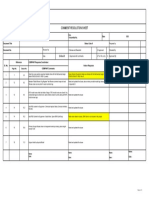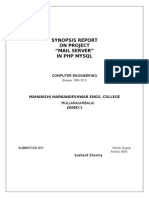0% found this document useful (0 votes)
25 views47 pagesData - Analysis - With - R - 24
The document serves as an introduction to statistics using R, highlighting its advantages, disadvantages, and functionalities for data analysis. It covers the workflow of data analysis, the use of R for statistical computing, and the creation and manipulation of data frames. Additionally, it emphasizes R's capabilities for reproducible research and high-quality graphical outputs.
Uploaded by
Kar Wai HongCopyright
© © All Rights Reserved
We take content rights seriously. If you suspect this is your content, claim it here.
Available Formats
Download as PDF, TXT or read online on Scribd
0% found this document useful (0 votes)
25 views47 pagesData - Analysis - With - R - 24
The document serves as an introduction to statistics using R, highlighting its advantages, disadvantages, and functionalities for data analysis. It covers the workflow of data analysis, the use of R for statistical computing, and the creation and manipulation of data frames. Additionally, it emphasizes R's capabilities for reproducible research and high-quality graphical outputs.
Uploaded by
Kar Wai HongCopyright
© © All Rights Reserved
We take content rights seriously. If you suspect this is your content, claim it here.
Available Formats
Download as PDF, TXT or read online on Scribd
/ 47


